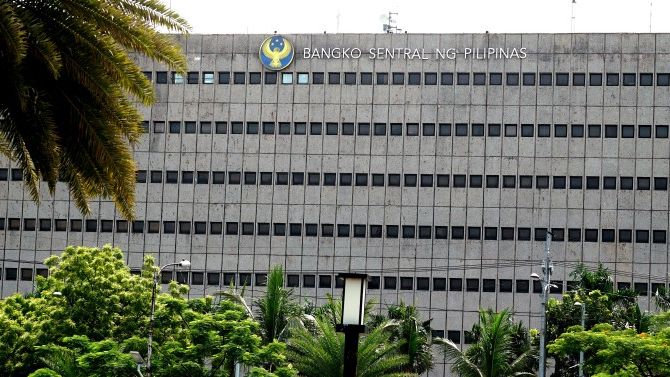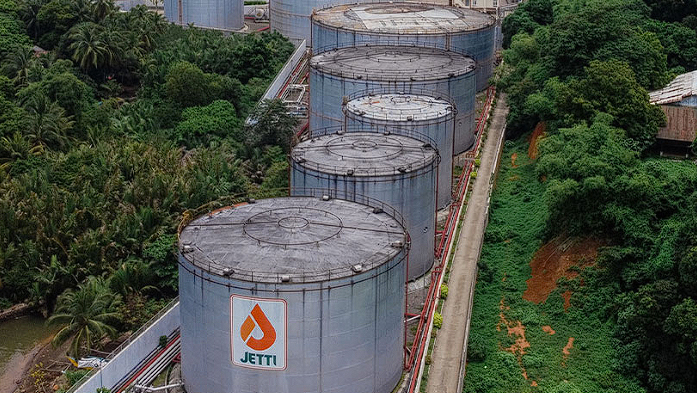The Bangko Sentral ng Pilipinas (BSP) is expected to reduce its key overnight rate by 25 basis points (bps) this week, bringing the policy rate to 5 percent, analysts said over the weekend.
The analysts also see a cumulative 50 bps cut for the rest of the year, with the policy rate falling to 4.75 percent by the end of 2025. The recent speech by US Federal Reserve Chairman Jerome Powell has bolstered these expectations.
April Tan, head of research at Colfinancial.com, said Powell’s pronouncement at Jackson Hole “removed the reservations” about a second rate cut by the BSP later in the year.
“Prior to that, there were apprehensions about whether or not the Fed would cut rates. [For] the Monetary Board, on the other hand, it is a question of one or two cuts. It seems like it is largely dependent on what the Fed will do. So now that the Fed is more dovish, it’s most likely two cuts for the year,” Tan explained.
The BSP’s Monetary Board is scheduled to meet on Thursday, August 28.
Largely in agreement
Economists and analysts from various firms are largely in agreement.
Cristina Ulang, head of research at First Metro Investments Corp. (FMIC), said the rate cut projections are “expected.”
Jonathan Ravelas, senior advisor at Reyes Tacandong & Co., said a cut is likely “given manageable inflation conditions.”
Ravelas added that the BSP “has wiggle room for 50 bps more delivered in two cuts, with one coming (this) week.”
Ron Lantin, a fund manager at The Insular Life Assurance Company Ltd. (InLife), said the low inflation environment “should be a good motivation for (the) BSP to continue its rate cut cycle to support economic growth.”
Michael Ricafort, chief economist at Rizal Commercial Banking Corp., said the global risk factors that could slow the economy “warrant accommodative monetary policy measures to boost economic growth, as a policy priority.”
Inflation and growth
Carlo Asuncion, chief economist at UnionBank of the Philippines, pointed to sustained low inflation and the need to support domestic growth as the key drivers for a rate cut.
Asuncion also said recent signals from BSP Governor Eli Remolona, who indicated another cut is “quite likely,” supports the expectation.
The Philippine economy grew by 5.5 percent in the second quarter of 2025, slightly higher than the 5.4 percent expansion recorded in the first quarter, but a full percentage point lower than 6.5 percent posted in April to June of 2024.
With this performance, we maintain our place among the fastest growing economies in emerging Asia, behind Vietnam’s 8.0 percent growth, but ahead of China’s 5.2 percent and Indonesia’s 5.1 percent, Department of Economy, Planning, and Development (DEPDev) Secretary Arsenio Balisacan said.
“While our growth is slower than India’s projected 6.5-percent expansion, we are expected to outpace Malaysia’s 4.3 percent and Thailand’s 2.4 percent, Balisacan said earlier this month.
Weak private investment
Patrick Ella, an economist at Sun Life Investment Management and Trust Corp., said that “weak private investments” recorded in first-half numbers “would greatly benefit from further BSP monetary easing.”
He projected a total of 75 bps in cuts for the year.
This anticipated easing follows earlier actions by the BSP, which has already cut rates by a cumulative 50 bps this year—25 bps in April and another 25 bps in June.
Easing inflation
July inflation further slowed to 0.9 percent, down from 1.4 percent in June, bringing the seven-month inflation average to 1.7 percent.
This is well below last year’s average of 3.7 percent and within the BSP’s target range of 2–4 percent.
Asuncion, of UnionBank, projects this year’s average inflation to be 1.6 percent.
“While base effects may cause inflation to gradually rise toward 2 percent by year-end, underlying price pressures remain muted,” Asuncion said. “This benign inflation outlook reinforces the case for continued easing, especially as external risks—such as weak global demand and trade uncertainties—persist.”
Capital Economics sees slowdown
Capital Economics warned that growth, while solid in the first half, may ease in the coming months due to tighter fiscal policy and weaker exports. It also sees the BSP’s terminal rate at 4.75 percent in 2025.
With inflation within the BSP’s 2 – 4 percent target for five straight months, China Bank Research said there is a “strong case” for further easing, but global uncertainty, including the US rate policy, calls for caution.
HSBC economist Aris Dacanay said the BSP could cut to 4.75 percent in the fourth quarter, and again in early 2026 if rice inflation stays in check. He noted that if the BSP loosens policy this week, the rate gap with the US Federal Reserve could shrink to 50 basis points — the narrowest since the Philippines adopted inflation targeting in 2002.
“With price pressures subdued, the real policy rate in the Philippines has remained elevated, giving the BSP room to deepen its easing cycle,” Dacanay said.





